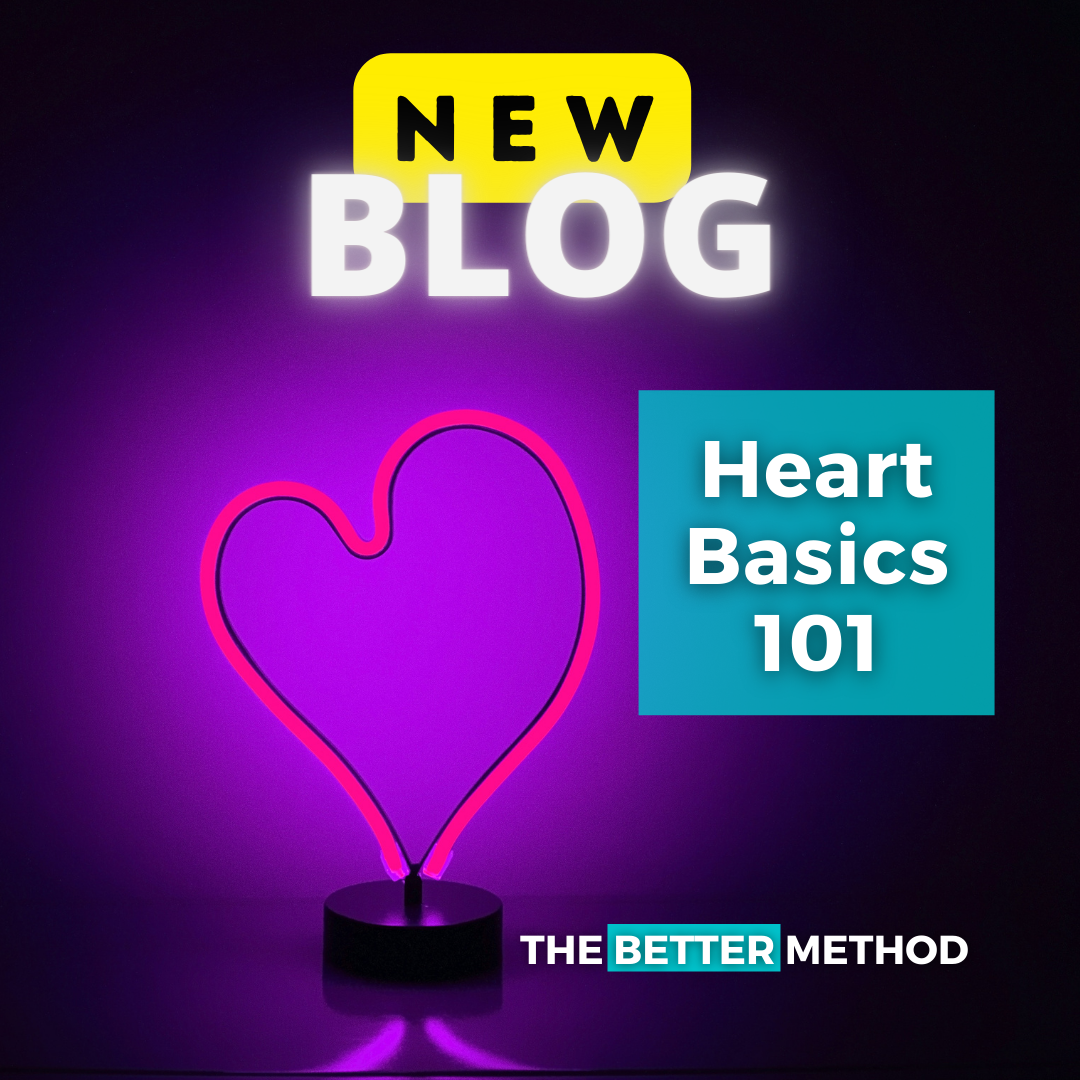Each day, your heart beats about 100,000 times, pumping 2000-2,500 gallons of blood throughout your body. We often think about training our muscles, but what about our heart? Today, we’ll review some basic knowledge about your heart to get you more informed and equipped with simple actions to improve your heart health.
Let’s dive in!
Why is Heart Health Important?
Heart disease is the #1 cause of death in the United states with almost 700,000 deaths in 2020 (Centre for Disease Control and Prevention).
In Canada, there are 750,000 people living with heart failure and 100,000 people are diagnosed with this incurable condition each year (Heart & Stroke Foundation Canada).
Heart failure and heart disease are chronic conditions caused by the heart not functioning as it should or by a problem with its structure. It can happen if the heart is too weak. This often results in fatigue and shortness of breath, and those living with the condition often experience depression, anxiety, and reduced quality of life.
“Heart failure is an epidemic. It’s one of the fastest growing cardiovascular conditions in the world,” says Dr. Anique Ducharme, President of the Canadian Heart Failure Society, a professor of medicine at Université de Montréal and a cardiologist at the Montreal Heart Institute.
Fortunately, there are changes to your lifestyle you can start incorporating today to improve your heart health:
- Stay physically active
- Quit smoking
- Manage blood pressure and blood sugar levels
- Eat healthy foods
- Maintain a healthy body composition
- Reduce and manage stress
Resting Heart Rate and How to Find It
Your resting heart rate is the number of times your heart beats in 1 minute while you are resting. This is a number you can monitor over time and it can tell you if your body is changing.
A normal resting heart rate can range from 60-100 (Mayo Clinic). According to the American Heart Association, the best time to measure your resting heart rate is right after you wake up before you get out of bed. It can also be taken outside of one hour after a workout or stressful situation. Here’s how you can take it manually:
- Radial Pulse: Take your index finger and middle finger and place it on your wrist just under your palm - towards the thumb-side of the middle. See diagram below.
- Set up a timer. Count your beats for 15 seconds
- Multiply the number of beats in 15 seconds by 4 to get your beats per minute.

The other way is much easier - wear a fitness device such as a FitBit, Garmin or Apple watches.
Generally, a lower resting heart rate is a sign of better cardiovascular fitness and a more efficient heart. Trained athletes may have resting heart rates lower than 60. Outside of athletes, if your resting heart rate is consistently much lower or much higher than normal rate and you are experiencing negative symptoms such as dizziness, faintness, shortness of breath, consult your doctor.
Here is a short list of factors that can impact your heart rate:
- Age
- Fitness level
- Physical stress: exercise, activity
- Stimulants (coffee, energy drinks) and medication
- Mental stress: stress, excitement, relaxation
- Overactive thyroid
- Lifestyle history
- Heart arrhythmia
Training Your Heart: How + For How Long?
At the most basic level, what you can do to train your heart is to start moving more!
Here are some ideas to get you moving more:
- Park far from your destination
- Take the stairs
- Walk during your lunch (while ensuring you have time to eat)
- Wake up and exercise
- Invest in a device to track your activity
- Get 10,000 steps in each day
- Add strength training, cardio, or stretching into your day
The World Health Organization (WHO) currently recommends that adults do at least 150 minutes of moderate to vigorous-intensity physical activity every week. Moderate-intensity physical activities (brisk walking and gardening) require a moderate amount of effort and noticeably increase the heart rate; vigorous-intensity physical activities (running or fast swimming) require a large amount of effort and cause rapid breathing and a substantial heart rate increase*.
This study also found that high levels of physical activity are associated with greater gains in life expectancy, better quality of life, prevention or delays in heart disease and type 2 diabetes. So what are you waiting for?!
This recommendation of 150 minutes per week broken down into 7 days is the equivalent of just under 22 minutes per day! Surely, with the amount of time spent on social media, watching TV or mindlessly wasting time, we can find 22 minutes each day to get moving more. You won’t regret it!
What has worked well for our clients is heading out for a 20 to 25-minute walk after dinner daily. Not only are you improving heart health and increasing daily steps, but this helps regulate eating until you are 80% full, reduces stress (walking in nature is encouraged!), and exposure to evening sun also helps regulate your sleep cycle.
Are you now thinking of starting or restarting your fitness journey? Read this blog for some suggestions on how to set yourself up for success.
So there you have it! Some heart basics for a healthier heart. In our next blog, we will cover more heart content related to exercise and training.
For now, get some extra movement each day and don’t skip a beat!
What are your favourite ways to get your heart rate up? Leave a comment below.




